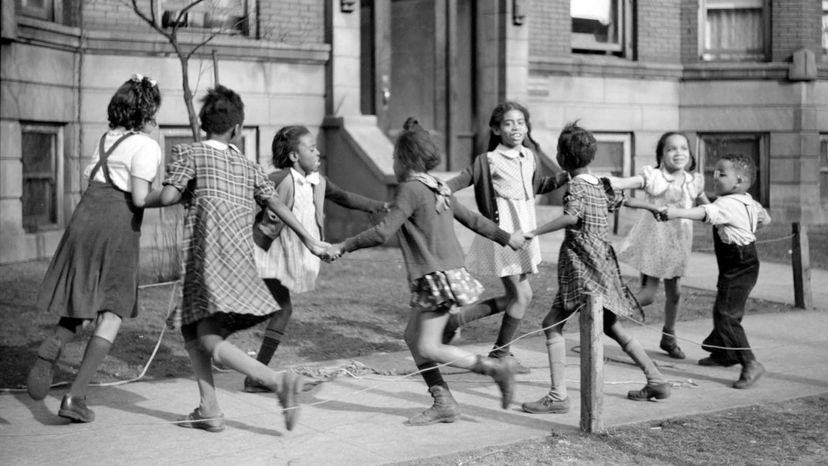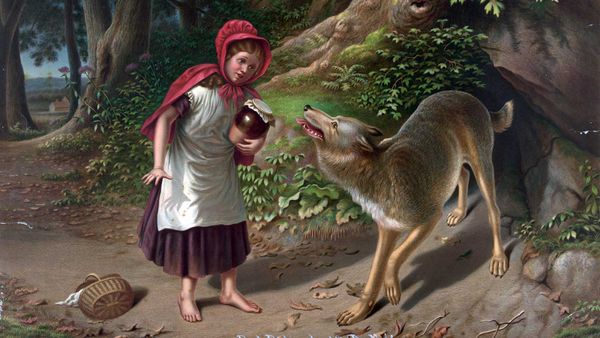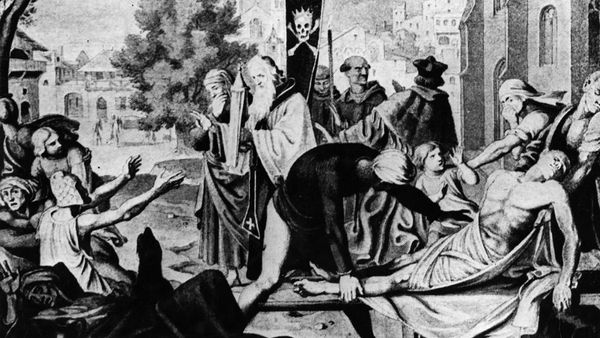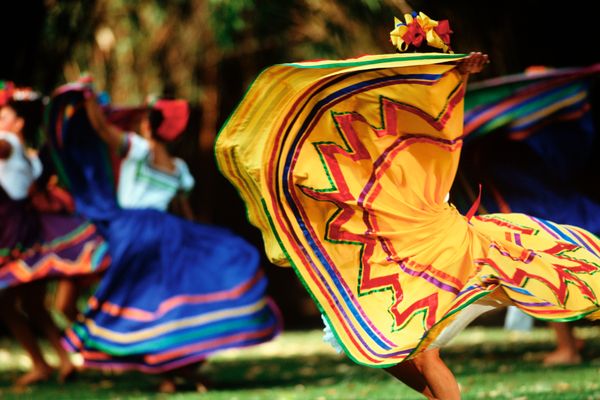
Key Takeaways
- "Ring Around the Rosie" is a nursery rhyme historically connected not to the Black Death, but to playful dance practices in the 19th-century America and England during a time when dancing was socially discouraged.
- The rhyme was part of "play parties" where children would sing and move in circles, simulating courtship and crushes, often featuring a child in the middle as a "rosie" or rosebush, symbolizing love.
- The version most known today was popularized over a hundred years ago and published in Kate Greenaway's "Mother Goose and the Old Nursery Rhymes."
We've all had pandemic and plague on our minds since early 2020. And that brings us to the old nursery rhyme we sang as kids, "Ring Around the Rosie." Surely you remember the words:
Usually it's sung by younger children while they stand in a circle holding hands, and then true to their word, they all fall down to the ground. (Thanks, kids, for acting out the literal meaning behind that.)
Advertisement
Advertisement



